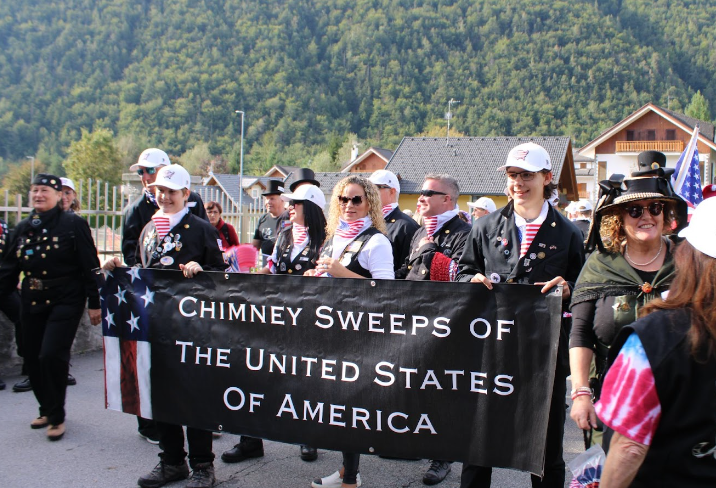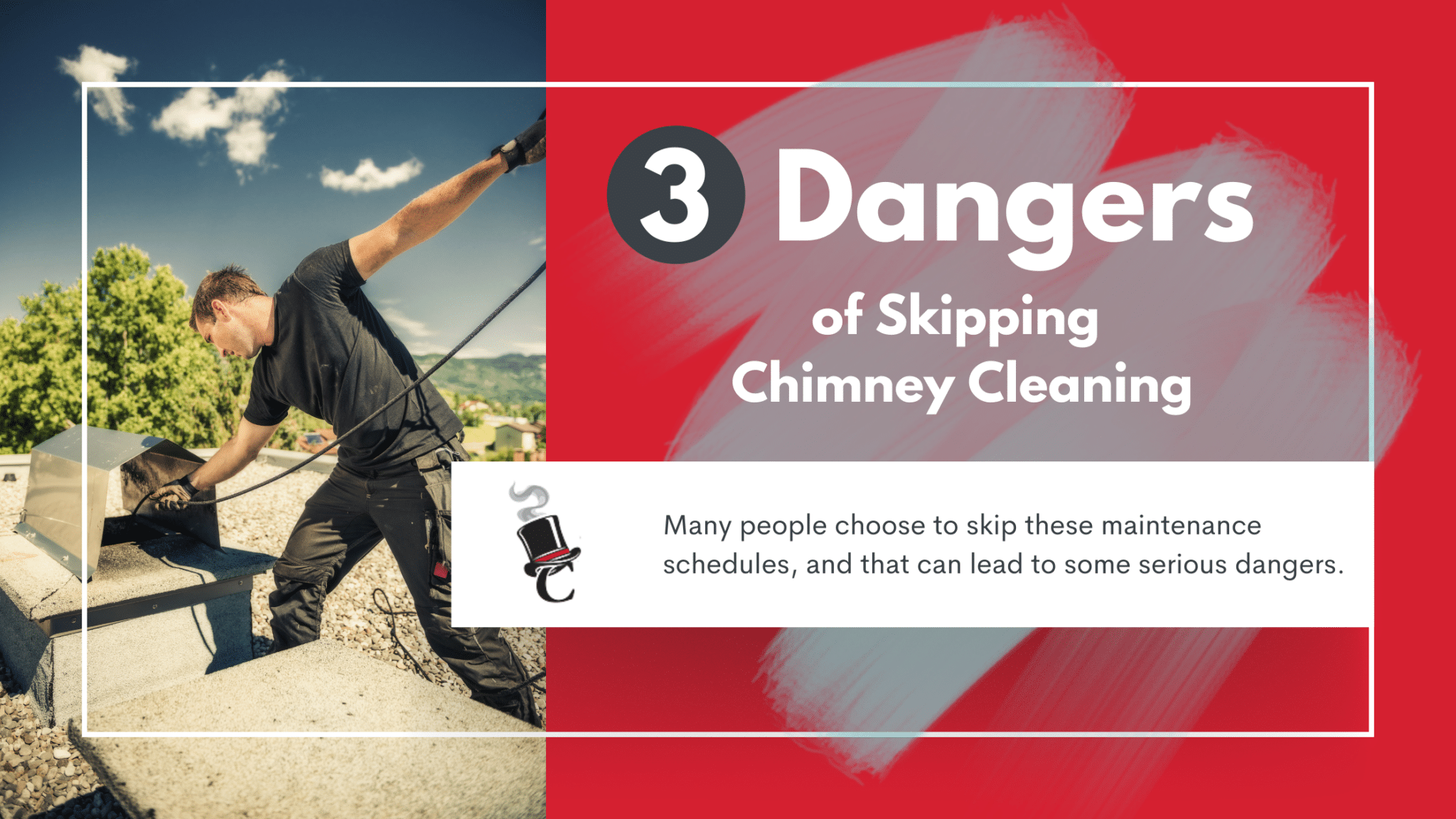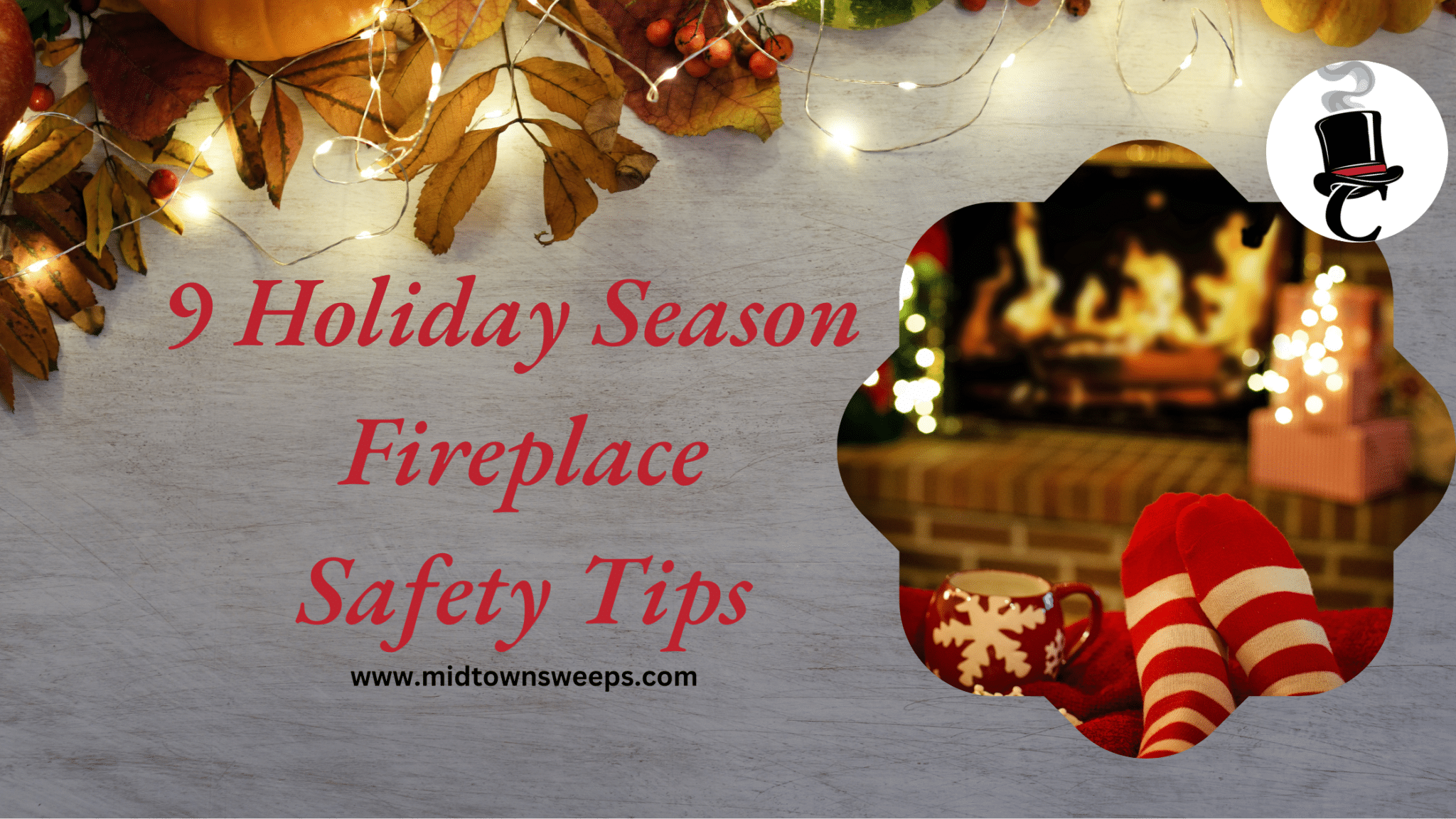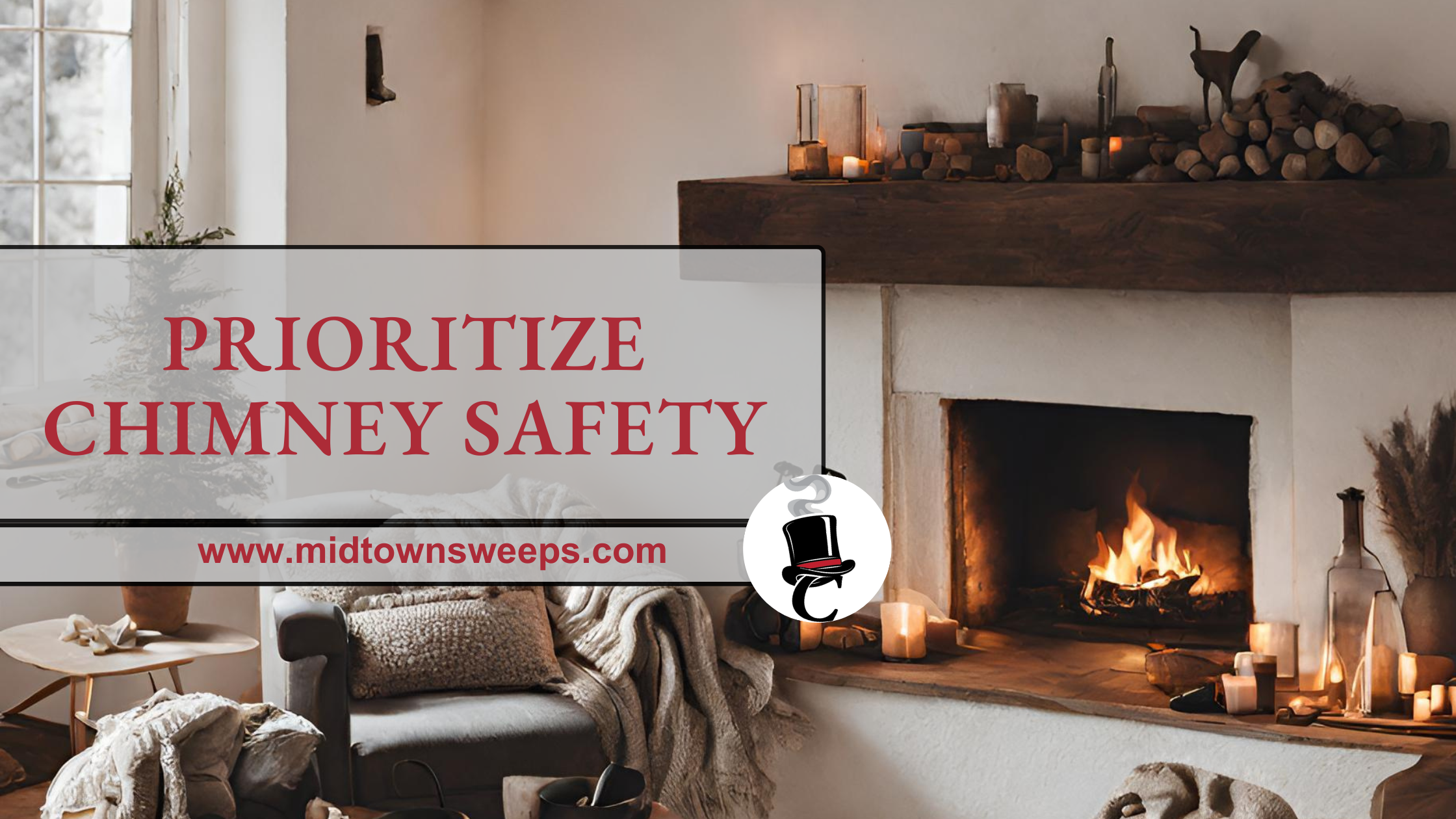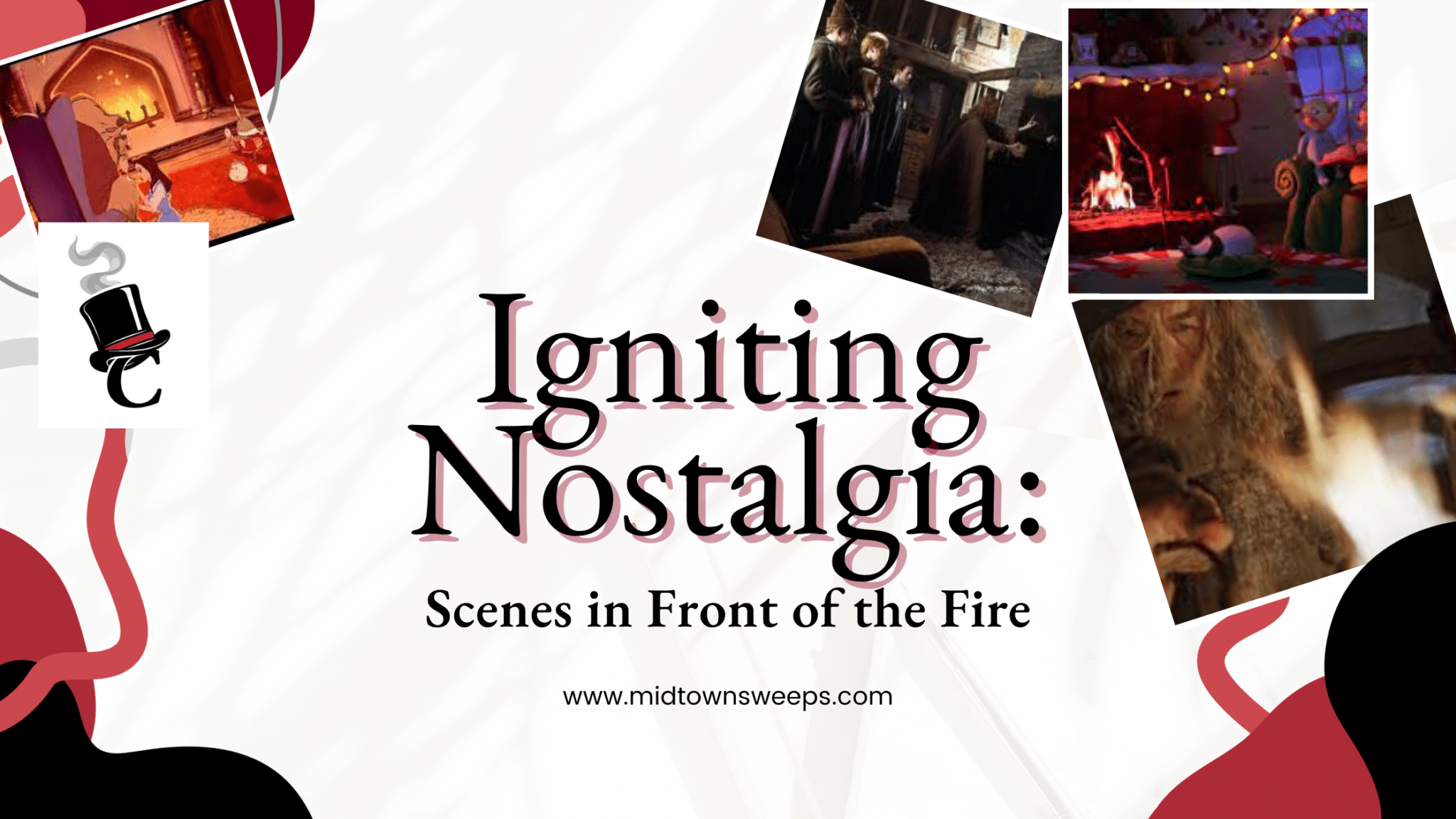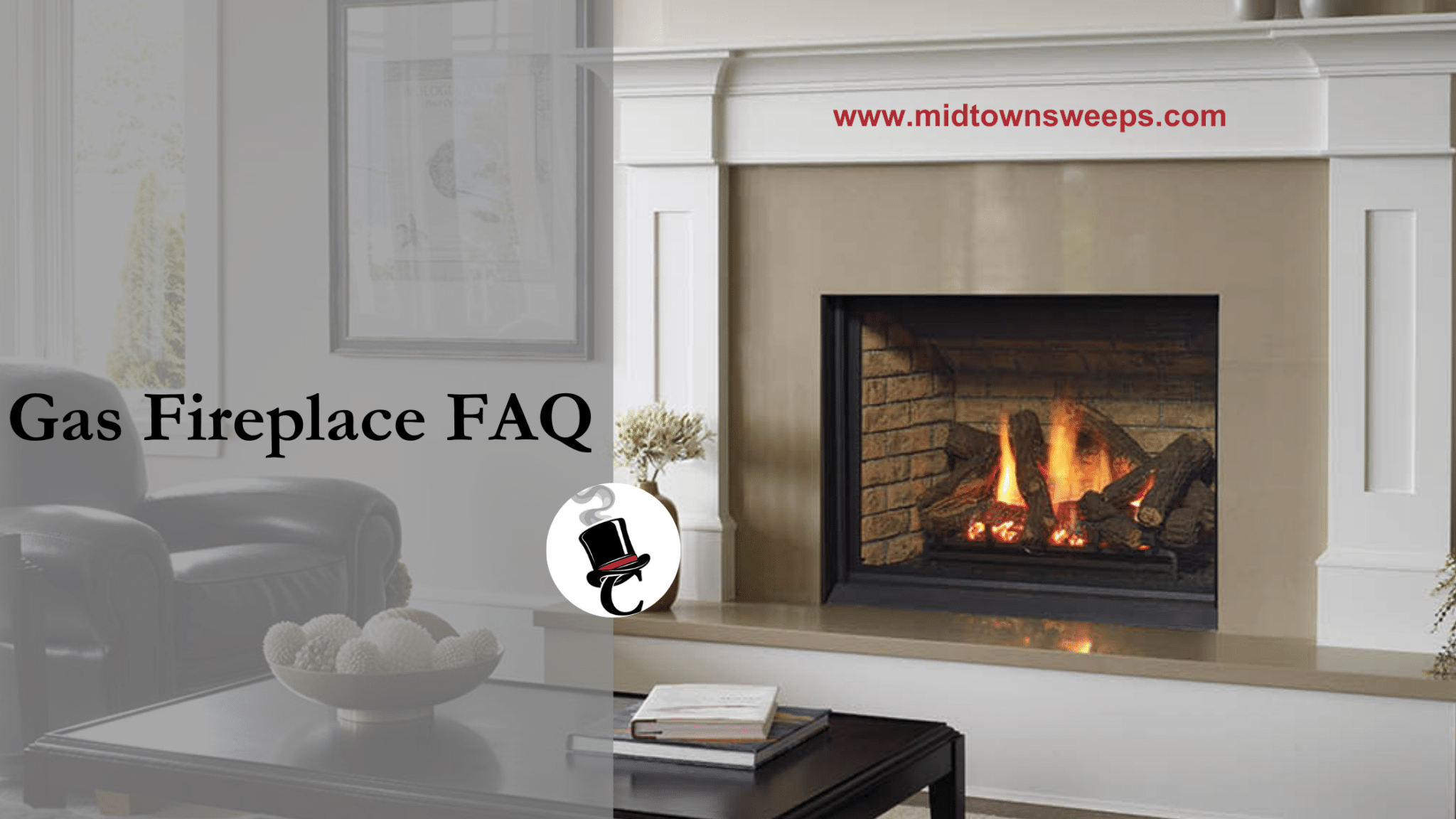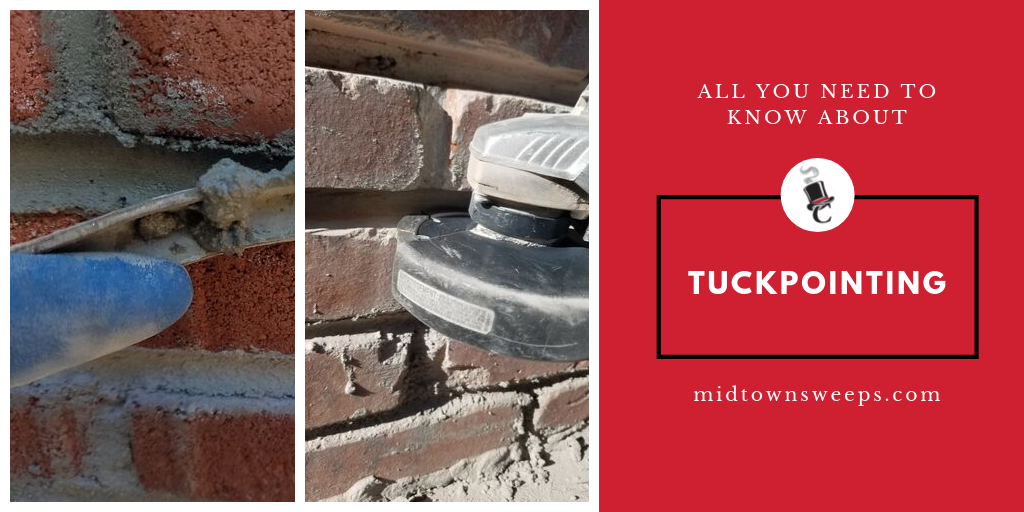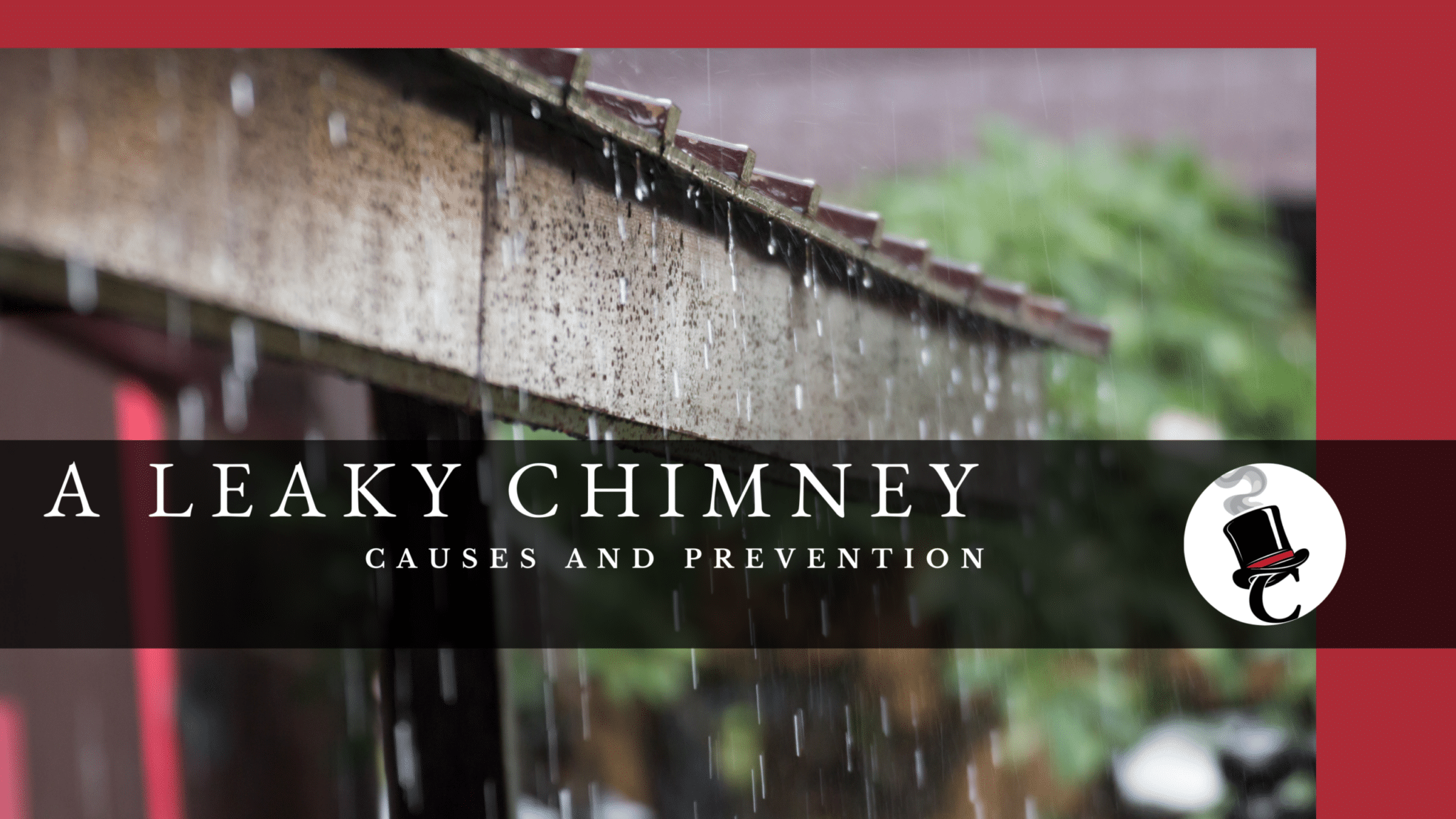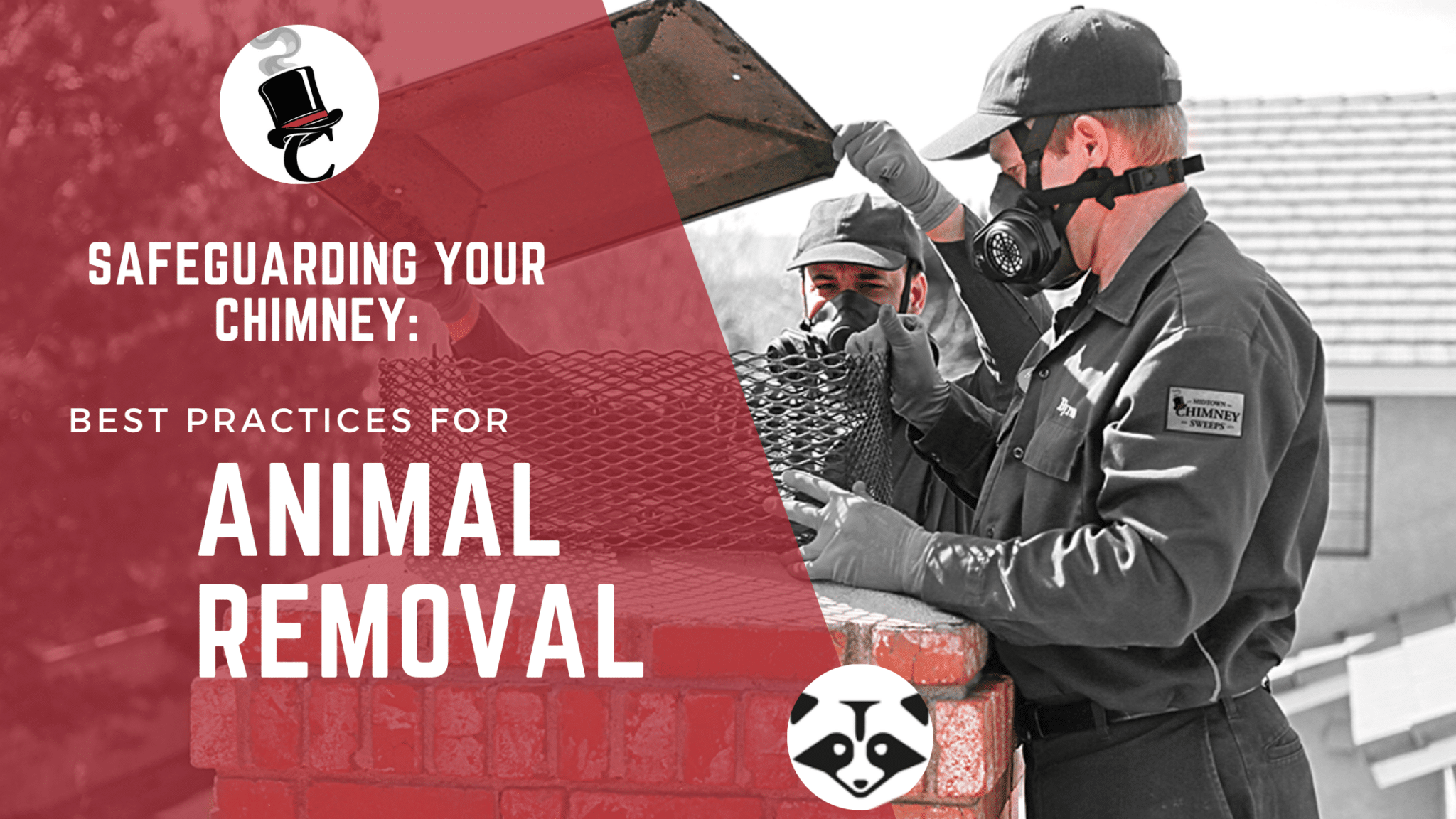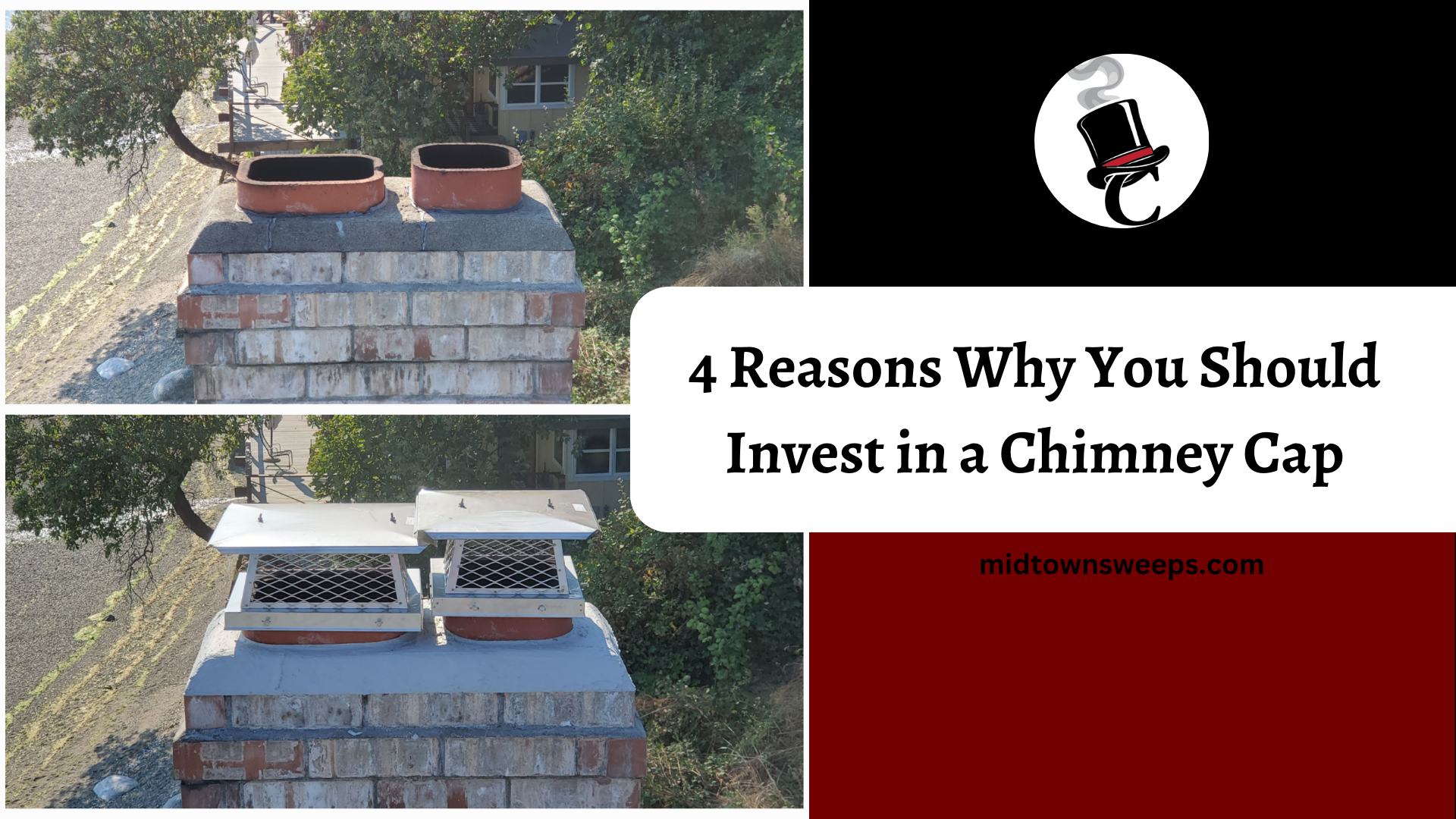Chimney and fireplaces are great additions to your home and while we know this isn’t middle school, knowing chimney and fireplace terms can be important if you regularly use your unit. This is important when it comes to basic sweep and inspections to more complex repairs and installations. Having a decent knowledge of the working parts of your chimney or fireplace can help you understand how they function- and more importantly, how to keep them functioning safely.
Common Terminology when Discussing Chimneys and Fireplaces
- Chimney Cap: This is the metal top of the chimney that protects the flue and keeps precipitation from entering the chimney.
- Chimney Crown: This is the top of the chimney, typically flat, that extends from the flue pipe to the boundary of the chimney. It also extends a few inches past the masonry to maintain the construction and creates a drip edge.
- Flue: The flue is the shaft that vents smoke up and away from the building. It is on the inside of the chimney structure and travels from the smoke chamber to the crown.
- Flue Liner: This is a liner that protects the masonry against the hazardous chemicals that flow through the flue.
- Masonry: When someone refers to the masonry of the chimney, they are talking about the bricks (or other materials) used to design it.
- Smoke Chamber: This is just above the firebox and below the entrance to the flue. Here, smoke mingles with the heat. It rises up the flue from the draft created by the fire. There is a shelf that prevents smoke from falling back into the fireplace and polluting the home.
- Damper: The metal plate that is used to open and close the flue.
- Firebox: This is another term for the fireplace and this is where the fire burns.
- Hearth: The hearth is the floor of the fireplace and it usually extends about 18 inches from the opening of the fireplace itself.
- Ash Dump: This is a pit beneath the firebox that holds ash. Not all fireplaces have them.
- Foundation: This is the base upon which the chimney sits. Foundation problems can cause the chimney to lean to one side.
- Prefabricated fireplace: These are metal fireplaces that are built offsite and shipped to the home for installation.
- Updraft: The stream of air that moves smoke and heat up from the chimney, into the flue, and out of the home.
- Downdraft: A common occurrence when the air is cold outside and drafts down into the home.
- Fuel: This is whatever the fireplace burns to generate heat. Common sources include gas and wood.
- Chimney Sweep: A routine service that is used to clean the chimney thoroughly from top to bottom.
- Creosote: This is a common chemical that is produced when fireplaces burn. It needs to be removed from the chimney on a regular basis.
- Inspection: This is an annual check of the interior and exterior of the chimney that takes place to ensure it is both safe and efficient.
- Seasoning: This is used to describe firewood that has been cut, split, and stored for a few months to dry properly before it burns.
- Flashing: Sheets of metal installed around the chimney where it meets the roof to keep water from entering.
Looking for more Chimney and Fireplace Terminology and Education?
Check out our residential and commercial service pages to learn more about the functions of these terms and how best to take care of them. It’s important to keep your chimney and fireplace clean and well-maintained to prevent hazardous chimney fires or carbon monoxide output.
We are here to help answer any questions you have. Give us a call today!
Are you ready to book your next sweep and inspection? Click here and enter your zip code for convenient online booking!

